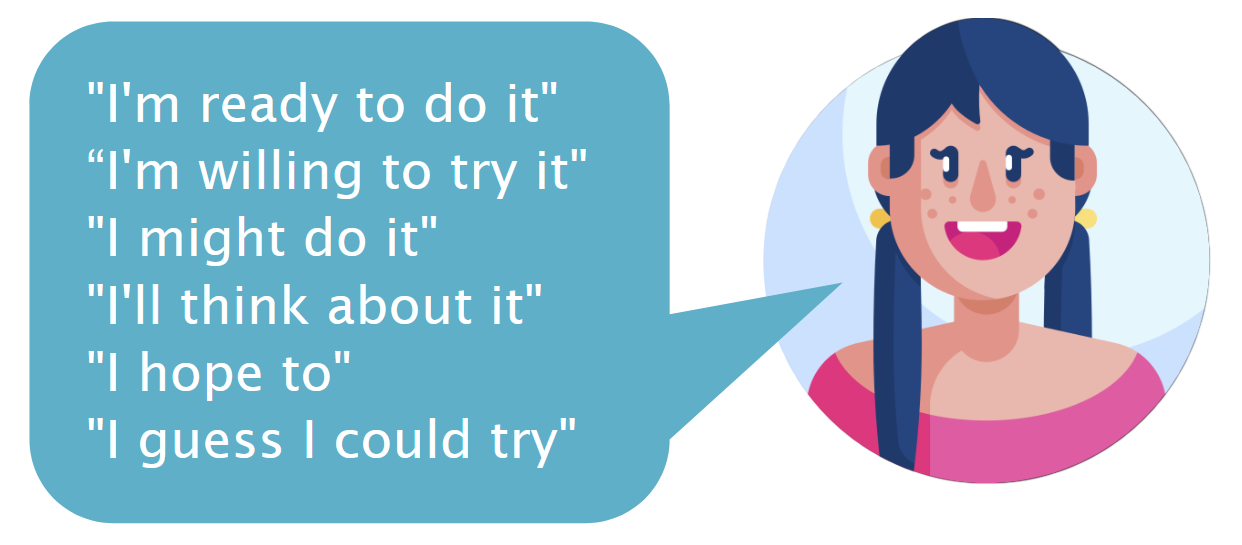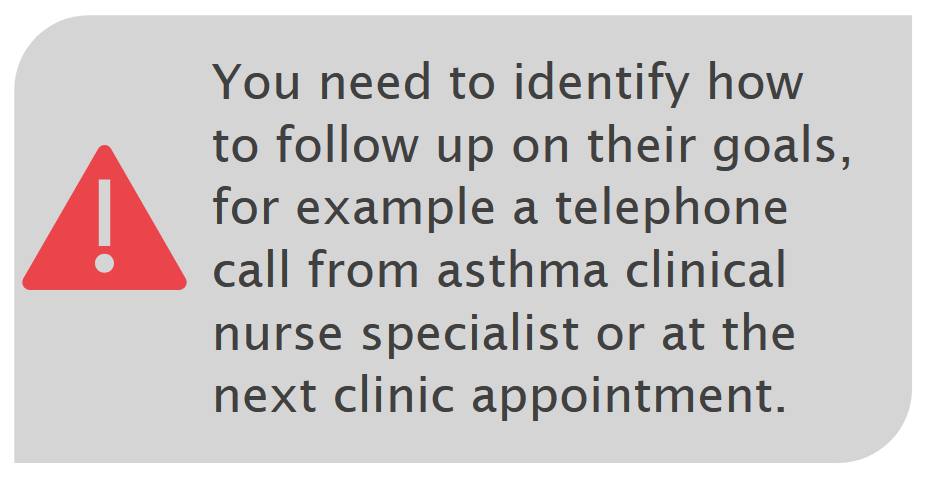Help adolescent identify how to change behaviour, their personal goal and ways to monitor
Are they ready to move from evoking to planning? Clues include increased change talk:

If they do not seem to be ready to move on, spend more time in the evoking phase.
Patients are more likely to actually change their behaviour if they have a specific plan.
It is important to allow your patient to take the lead as motivations a necessity if the plan is going to be put into effect; ambivalence is likely to reappear if the patient does not really own the change plan. So elicit and listen to your patient's views, what will work for them? Help your adolescent patient to set their own SMART goals.
.png)
